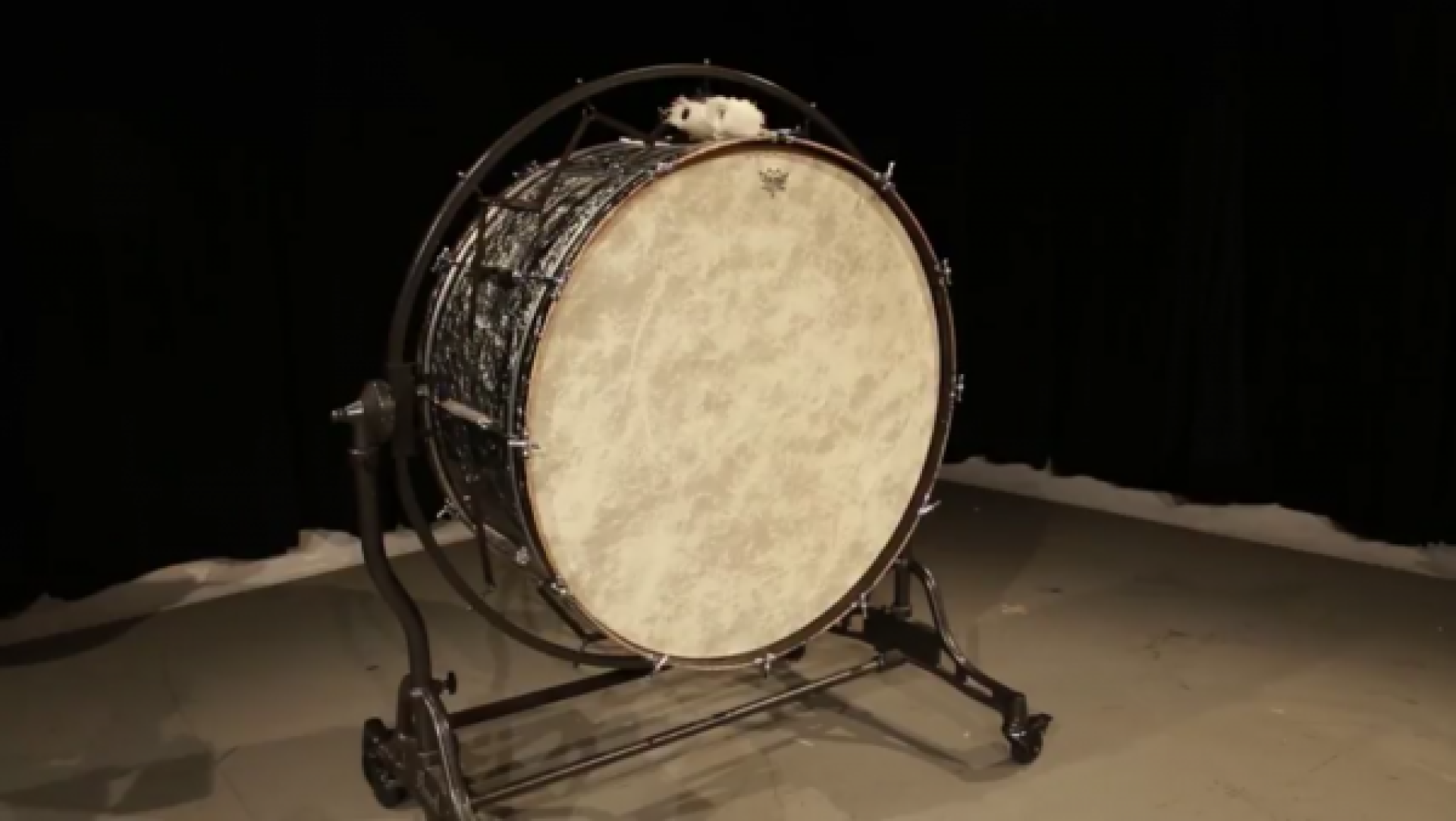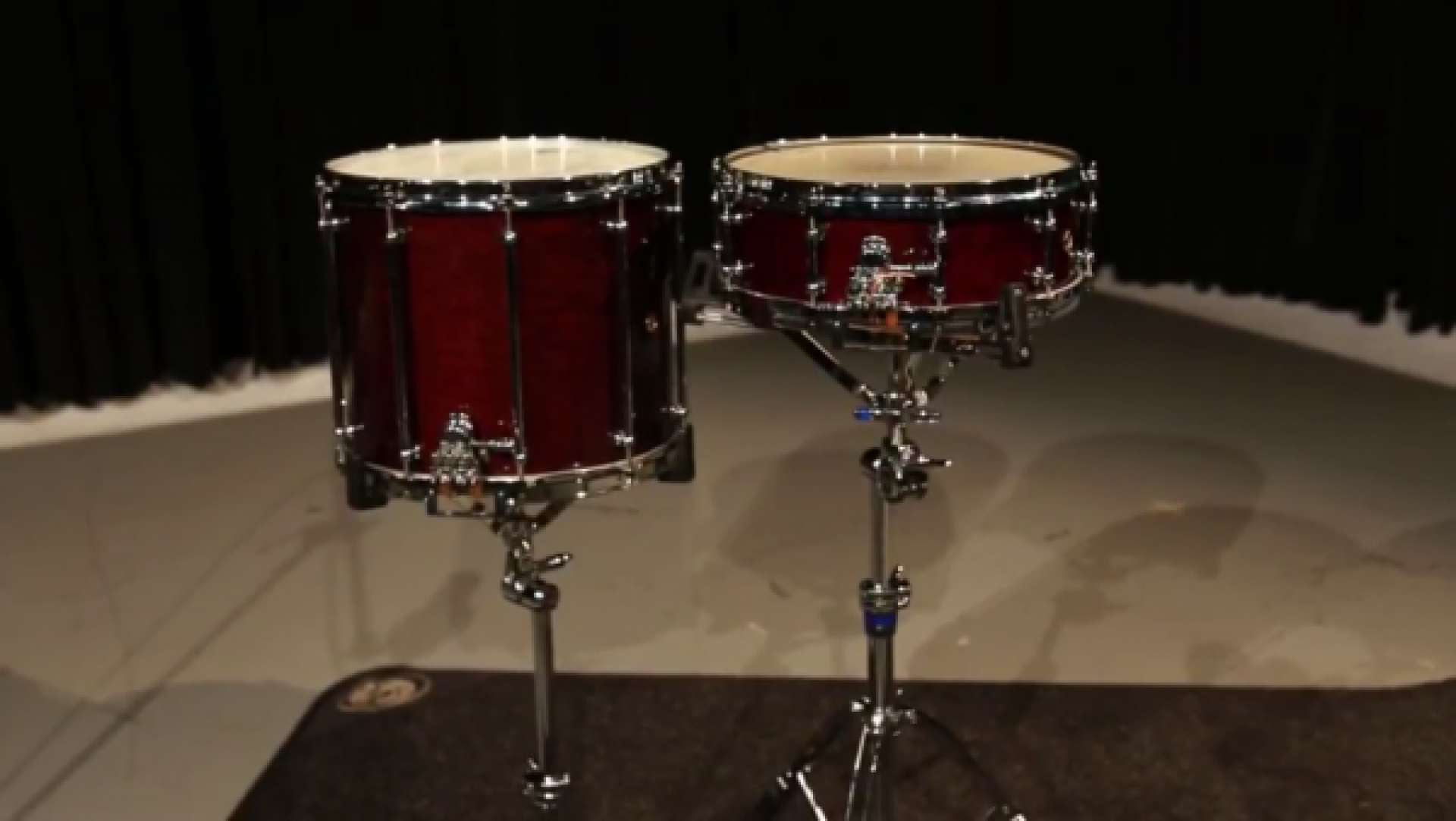Timpani
Timpani - or kettle drums are descendent from the Arabic drums called nakers or nacaires. These were military drums usually paired on either side of a horse or camel during the time of the Crusades. Nakers first appeared in England in the early fourteenth century and soon became the symbol of aristocracy. They were used in entertainment, tournament, and in battle. They eventually worked their way into opera productions to announce royalty as required in the plot and moved from the role of a staging effect to a regular member of orchestras for accompaniment purposes. The sizes of the drums vary from one manufacturer to another, but standard sizes for a set of four drums are 32, 29, 26, & 23 inches in diameter. The pedal mechanisms vary in complexity and price, but learning how to tune timpani is an important consideration. Teaching young percussionists to develop a good sense of relative pitch is imperative. The pitch source can be a pitch pipe, piano, or keyboard percussion instrument, but the pitch source used by most timpanists is a tuning fork. Articulation is acquired by using different mallets with varying coverings and cores. The use of stroke types is another way to expand the expressive qualities of these instruments. Timpani are played from 2 to 4 inches from the edge of the drum to produce a full, round sound and clear pitch. Because the drums have a long sustain, muffling and dampening timpani become important considerations for performers to consider.






